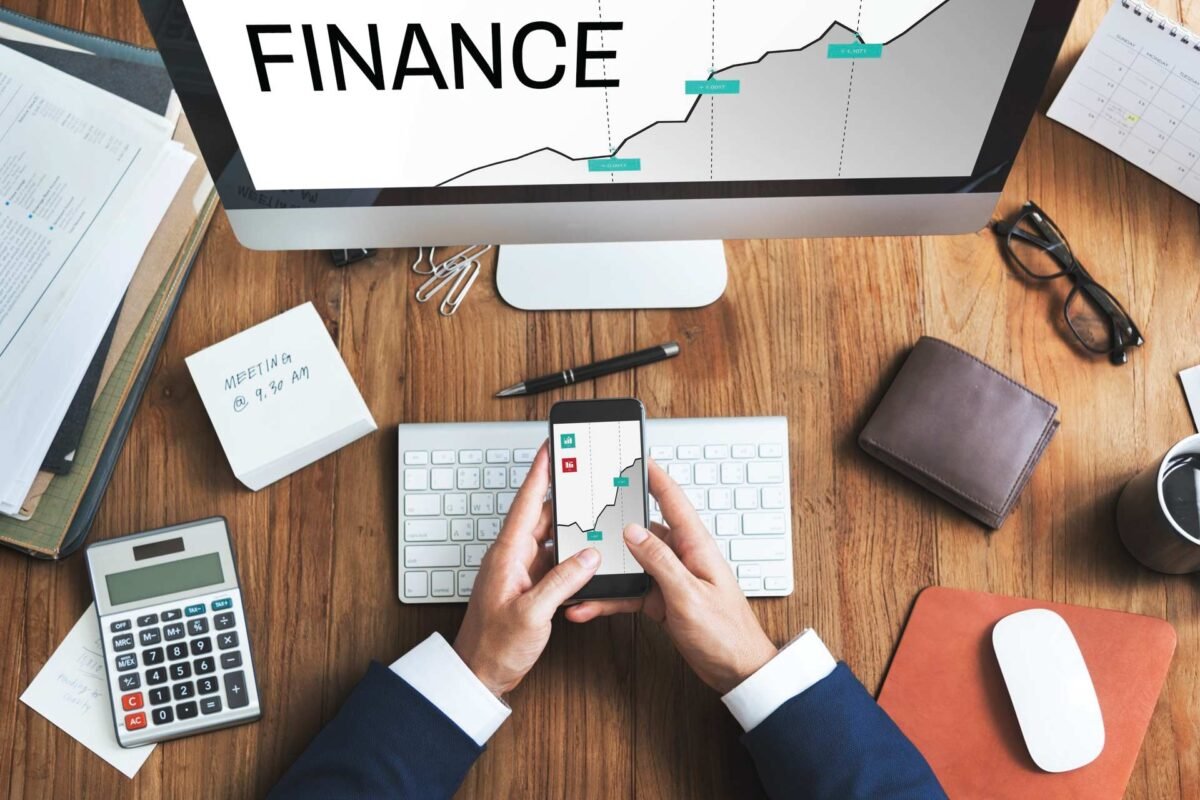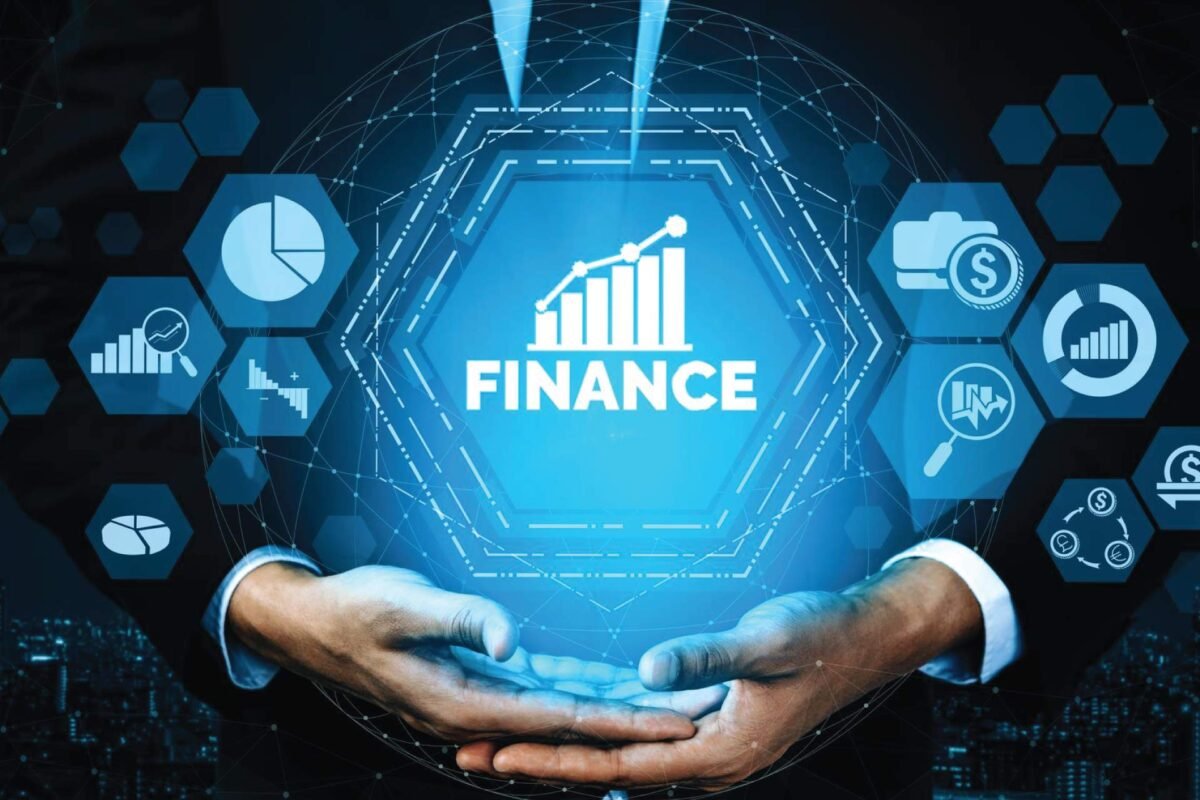Do you know what is direct lending? In layman’s language, you can consider it to be an old-fashioned bank lending, without the bank. As tougher regulations reshaped the post-financial crisis landscape, traditional banks have reduced business lending. That’s made a raft of opportunities, for a growing group of asset managers who are making the loans, for borrowers and for investors looking for an answer to low-yield woes. Increasingly, that last group includes hedge funds and buyout firms who are dishing out billions of dollars at a time to lure borrowers away from the $1.2 trillion leveraged loan market FinTech News.
It begins with asset managers, at first, mostly funds and private equity funds, however now different types of investors as well, including insurance companies, raising pools of money from investors interested in higher-yielding debt. The manager’s field pitches from debt advisers with opportunities for investment, or other private-equity funds looking to finance acquisitions. The direct lending investment conducts its own research before deploying its money. Direct lending investors tend to hold onto the long-term loans, sometimes offering growth support to the businesses and entering into numerous funding rounds, although some funds do sell a small proportion of their debt.
No doubt that direct lending investment is a great opportunity for the most of the investors, but past few quarters were not that great for this market and COVID 19 pandemic is predated to worsen the fall of direct lending investment. Let’s have a look at some of the reasons that led to the fall of this market.
Changes of Fraud
There was a 10% reduction in complaints about loan scams and fraud in 2017, but the cost to American consumers still went up, reaching almost $1 trillion.
The Federal Trade Commission showcased a report that stated that consumers reported losing $905 million to scams in the year 2017, $63 million more than that in 2016. The Federal Trade Commission credited education, awareness and enforcement for the positive trend in lesser complaints, but even with all that, customers are still being taken for millions of dollars in fraudulent loan scams.
About one out of three adults is a victim of financial scammers, who don’t discriminate by age. They hit Baby Boomers as hard as they do Millennials. The world has changed and expanded utilization of online banking and direct lending has accelerated the problem of fraud.
At the point when you need the money and have a poor credit score, it’s easy to accept any offer for a personal loan. But there are scam specialists waiting to take advantage of that situation. Such frauds in recent past have harmed the image of direct lenders and given birth to trust issues between the borrowers and lenders.
Changes of Fraud
There was a 10% reduction in complaints about loan scams and fraud in 2017, but the cost to American consumers still went up, reaching almost $1 trillion.
The Federal Trade Commission showcased a report that stated that consumers reported losing $905 million to scams in the year 2017, $63 million more than that in 2016. The Federal Trade Commission credited education, awareness and enforcement for the positive trend in lesser complaints, but even with all that, customers are still being taken for millions of dollars in fraudulent loan scams.
About one out of three adults is a victim of financial scammers, who don’t discriminate by age. They hit Baby Boomers as hard as they do Millennials. The world has changed and expanded utilization of online banking and direct lending has accelerated the problem of fraud.
At the point when you need the money and have a poor credit score, it’s easy to accept any offer for a personal loan. But there are scam specialists waiting to take advantage of that situation. Such frauds in recent past have harmed the image of direct lenders and given birth to trust issues between the borrowers and lenders.
Inflating Returns
Inflation has a great impact on direct lending investments. Let us have a look at the basic rule of inflation that is it causes the value of a currency to decline over a period of time. In simple language, cash now is worth more than cash in the future. This means, inflation permits borrowers to pay back lenders with money that is worth less than it was when it was initially borrowed, which benefits borrowers.
Inflation can also help lenders, particularly with regards to extending new financing. Higher prices mean that more individuals want credit to purchase big-ticket items, especially if their wages have not increased, this equates to new clients for the lenders.
In this manner, inflating returns leaves a negative impact in the minds of the lender as well as borrowers, which further makes both of them dissatisfied.
High Risk
As the direct lending investment cycle has arrived at its later stages, credit quality has deteriorated across the board. While the direct lending investment business grew up focusing on solid, safe firms that were simply too small for banks, a growing number of direct lending investors are extending more speculative debt financing to more distressed firms. Some funds are purchasing into so-called story credit, lending to businesses that are seen as higher-risk after a financial restructuring or other difficulties. That is partly a reflection of how competitive the market has become.
Additionally, the primary concern is that direct lenders say yes to companies and individuals that banks don’t want to lend to and this might prove fatal.
Problematic rescheduling of loans
All borrowers are given the opportunity and reserve the right to approach the lender if there is any difficulty in repaying the instalments and to select an option to restructure or rescheduling their debt to enable a smooth repayment process. This might lead to a lowering of charges, reduction of interest rate, lengthening of the loan tenure, a moratorium on interest, etc. which mostly affects the direct lender.
However, this pain of rescheduling doesn’t stop here, it may get worse. If the borrower fails to repay the loan, preliminary notices are sent, mentioning the amount overdue with interest and penal interest. If the lender has reason to believe that the borrower is wilfully delaying the repayment of the loan, or if the customer has not come forward with an appropriate reason or definite plan of action to repay the dues, the lender can opt for legal proceedings. Such things discourage investors that invest in direct lending investments.
Economic Crises
As of December 2018, total direct lending assets under management are calculated $266.4 billion. North America is the biggest centre for direct lending funds, with a 50% share of the market, as per Deloitte. These numbers reflect that direct lending investment is doing great but in the present scenario where COVID 19 pandemic has taken over the world, a situation has raised that can hit this direct lending market very hard. Because of this pandemic world is already standing at the doorstep of economic crises which is predicted to be worse than the great recession of 2007-2009, which is not at all good news for the investors.
Direct lending won’t be the cause of the next financial crisis, but the dynamic is indicative of our global obsession of economy with debt. Highly leveraged borrowers might go bankrupt and employees will start losing their jobs. Retail investors who have invested in business development companies will lose their money. The institutions investing in the direct lending strategy such as pension funds, university endowments, retirement plans, sovereign wealth funds, etc. might see their capital commitments disappear.
This financial crisis can act as a catalyst and might further lead to the fall of direct lending investment.
Concluding Lines
Direct lending investment is a great source of long term profit but like every other type of investment option available in the market, it also has some serious drawbacks. These drawbacks are restricting the performance of direct lending investment market, and the spread of global pandemic is capable of making the situations worse. Some great measures and calculated risk can become a great tool for direct lending investors to secure themselves from facing a huge loss.

Chandrima Samanta, Content-Editor, FintecBuzz
Chandrima is a Content management executive with a flair for creating high quality content irrespective of genre. She believes in crafting stories irrespective of genre and bringing them to a creative form. Prior to working for Hrtech Cube she was a Business Analyst with Capgemini.



